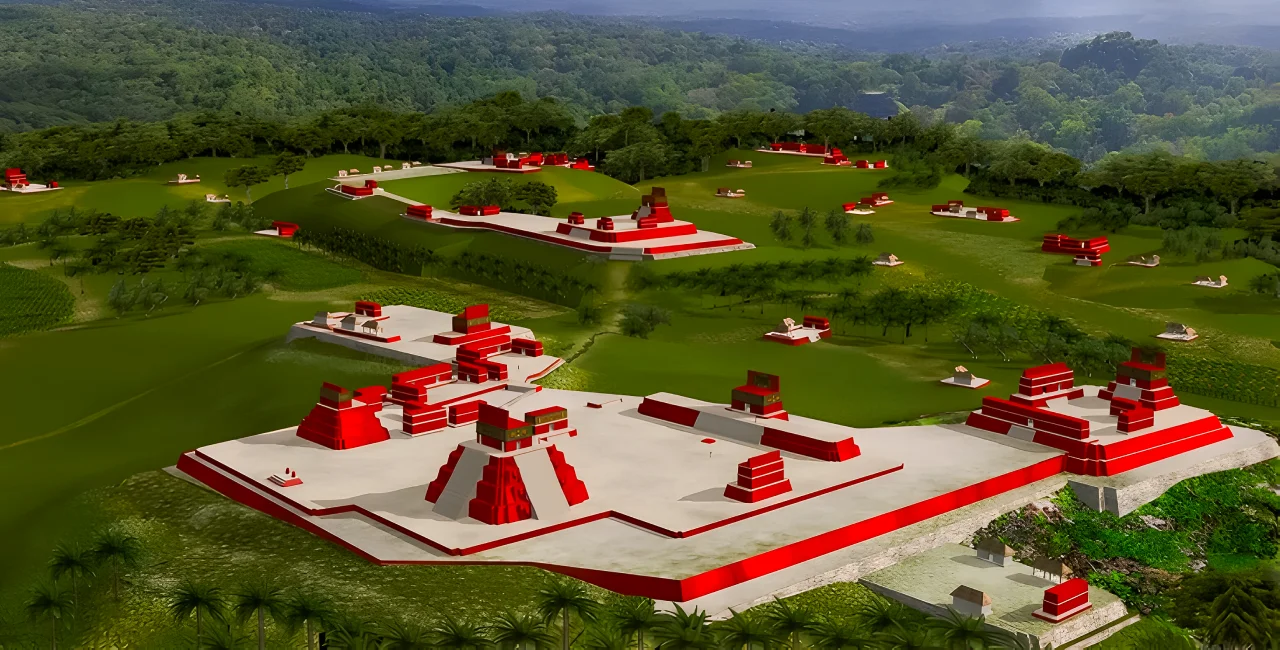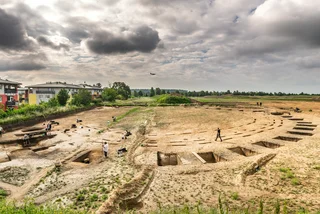A Czech-Slovak archaeological team has unearthed one of the oldest Mayan cities in Guatemala's Petén province, aided by aerial photography and artificial intelligence (AI). The findings, including palaces, statues, and astronomical observatories, will shed light on the mysterious Mayan civilization.
In July 2023, Czech researcher Ladislav Šilhán and Slovak colleague Milan Kováč led a seven-week expedition in the northern region of Guatemala. Czech archaeologist Sara Polak, who integrated AI technologies into her research, also partook in the trip.The team focused on exploration and excavation to uncover the secrets of the ancient Maya civilization that thrived in the area for almost 3,000 years.
A key city in the past
The city, named Yax Balam, flourished for a thousand years between 850 BC and 150 AD and is believed to be one of the earliest Mayan settlements. The 7-square-kilometer city was once a thriving center and home to up to seven architectural districts.
The Maya civilization was an ancient Mesoamerican society known for its impressive achievements in art, architecture, mathematics, and astronomy. It thrived in Central America, building advanced cities and developing a sophisticated calendar system. It reached its peak between 250 AD and 900 AD.
"According to the excavations, the city is one of the oldest Mayan settlements. Over the years, it has both developed and declined, from the very beginning of Mayan history, the emergence of kingdoms and the first city-states, to the so-called Mayan collapse, which caused the demise of civilization," said Kováč.
Currently, experts, including those from the Czech Technical University, are analyzing the findings. Their objective is to recreate 3D models of the city and present them visually to the public."Our goal is to bring the life of one of the world's oldest civilizations closer to the public through 3D animation," said Šilhán.
Using high-tech for detailed research
The team used advanced technologies, such as AI, neural networks, and LiDAR (a laser technology), to map the city, and locate important structures and artifacts. LiDAR can penetrate below the surface and reveal buildings, palaces, and urban areas. The neural networks then searched for objects of interest using specific algorithms. The excavations and archaeological research confirmed the findings, and now the experts are working on reconstructing the life of the Mayan civilization.
The Neuron Foundation, which funded the expedition, supports Czech scientists and has spent CZK 140 million on promoting and supporting Czech science. It has awarded prizes, funded student internships, and financed 10 scientific expeditions, including the one to Guatemala. "We are proud to support the work of our scientists and bring their discoveries to the world," said a Neuron Foundation representative.
This groundbreaking discovery of Yax Balam, one of the oldest Mayan cities, will provide valuable insights into the civilization's history.












 Reading time: 2 minutes
Reading time: 2 minutes 


























